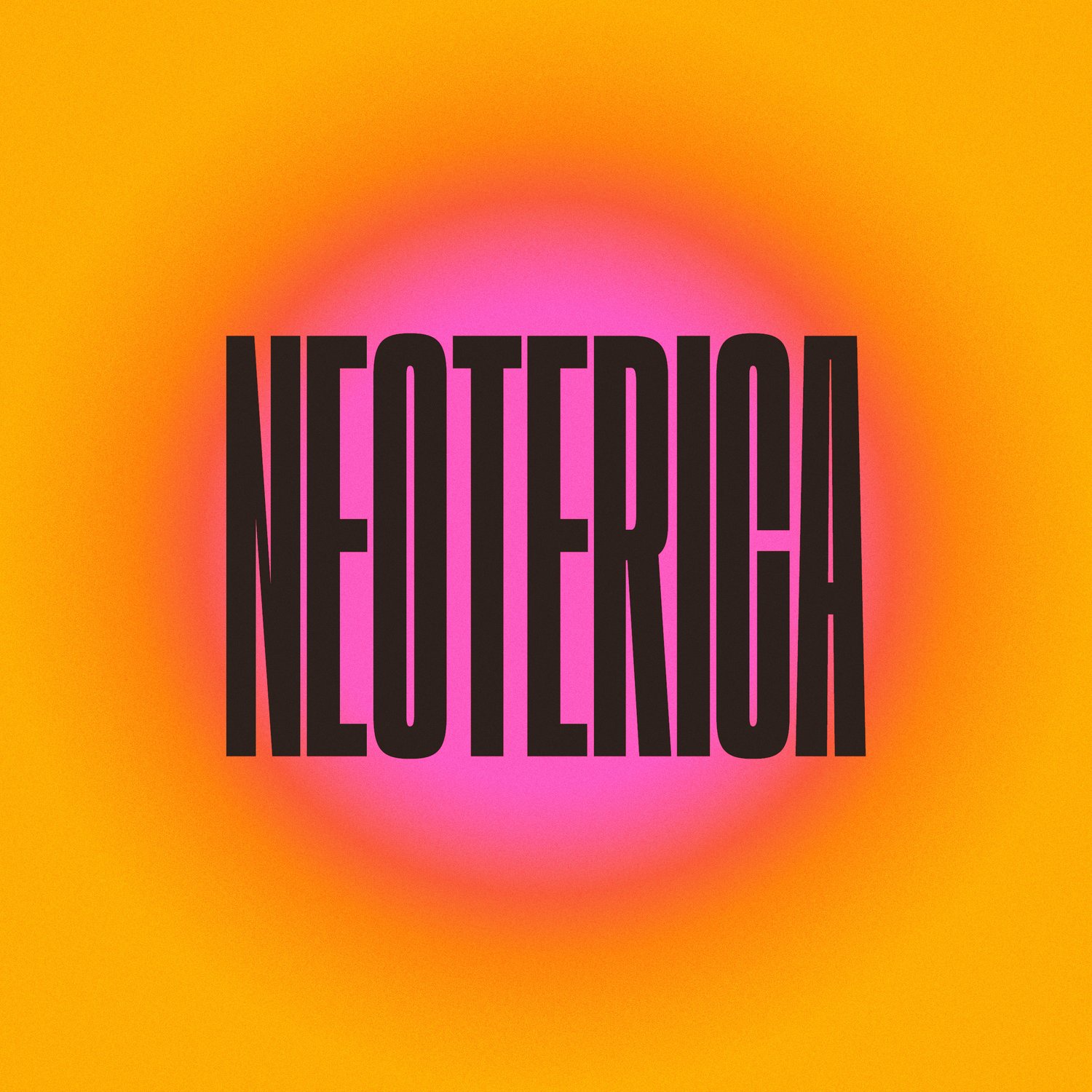Ash Tower
Ash Tower writes about Eleanor Alice in Neoterica 2024.
Eleanor and I sit down in her studio—rain and distant thunder beats at the corrugated roof as we look out over the vast painting before us. It’s laid out on the floor, like some liquid map whose features bleed into each other and fade into mist.
We talk of process, and of chaos and control, and of the beauty of holding two contradictions in tension. As we talk, I can’t help but see this painting as a body of water—its surface seems impossible to divine for all the forms which tangle atop and beneath one another. We talk of painting but something strikes me—Eleanor doesn’t talk about forms ‘emerging’ or ‘receding’; she talks about them as ‘floating’ and ‘sinking’. We speak on this; the language of ‘wash’ and ‘bleed’ and ‘tide’ and ‘seethe’.
As I survey the painting, its composition seems to gently lap at the edge of the canvas. It isn’t an ocean, or a sea, nor a river, nor a tidepool. The painting before us is exactly this—a painting. But it’s also aqueous—not wet, but watery. It still bears the wetness of its making, with pigment deposits left in the wake of great floods and tides. Water, within this work, seems to fill the gaps between intents and actions. Its leaky, fluid, indeterminate motion seems to defy control, yet it remains the vessel by which paint moves and flows. Here, water can commingle the most joyous and harrowing of material encounters.
Our language overflows with aqueous metaphors, and Eleanor is no stranger to these nebulous zones and indeterminate conjunctions. This can be seen in the objects she lovingly refers to as ‘rock props’—inciting the double meaning of ‘prop’ to be both an inferior stand-in and an indispensable support. They share a surface quality with the painting, with moments of soft dispersal punctuated by vibrant intensities, commingling their spatial form and pictorial depth. Like the painting, they remember cold, wet malleability, and in their accumulation they overwhelm the edges and boundaries of the work.
In Marine Lover of Friedrich Nietzsche Luce Irigaray offers water as a model of thought, unmoored from ordered, delineated (and for Irigaray, masculine) ways of knowing. So, when Irigaray asks us to ‘remember the liquid ground’, she is asking us to acknowledge our waterlogged, fluid position in the world.1 But there’s also something here for Eleanor’s painted grounds: surfaces of tidal traces which recall the processes which created them.
Dig deep, bury, find, discover and recover—in its indebtedness to process, substance, and chance—is both a record of a material conversation and a perpetually unfolding encounter. In the words of Irigaray: ‘Everything is constantly moving and remains eternally in flux. Hence with a thawing wind, bad fortune arrives. As well as salvation.’2 The work before you invites its exploration, and a charting of its histories. Wade into its embrace and let it spill past the edges of your vision.
1 Luce Irigaray, Marine Lover of Friedrich Nietzsche, trans. Gillian C. Gill (New York: Columbia University Press, 1991), 37.
2 Irigaray, Marine Lover of Friedrich Nietzsche, 37.
Ash Tower (he/him) is an artist, writer and researcher working on Kaurna Country, South Australia. He currently lectures in Art History & Theory at the Adelaide Central School of Art, and teaches the history of architecture at the University of South Australia. He has contributed writing to Fine Print, written catalogue essays for artists including Edwina Cooper, Jessie Green, Sophie Durand and Kirsten Coleman. Ash has co-authoored academic texts "Academic Time." published in Gender: Time, and “Lent and Borrowed: Risk and Distributed Authorship in Tertiary Studio Research.” published in ACUADS 2016: Adaptation.

